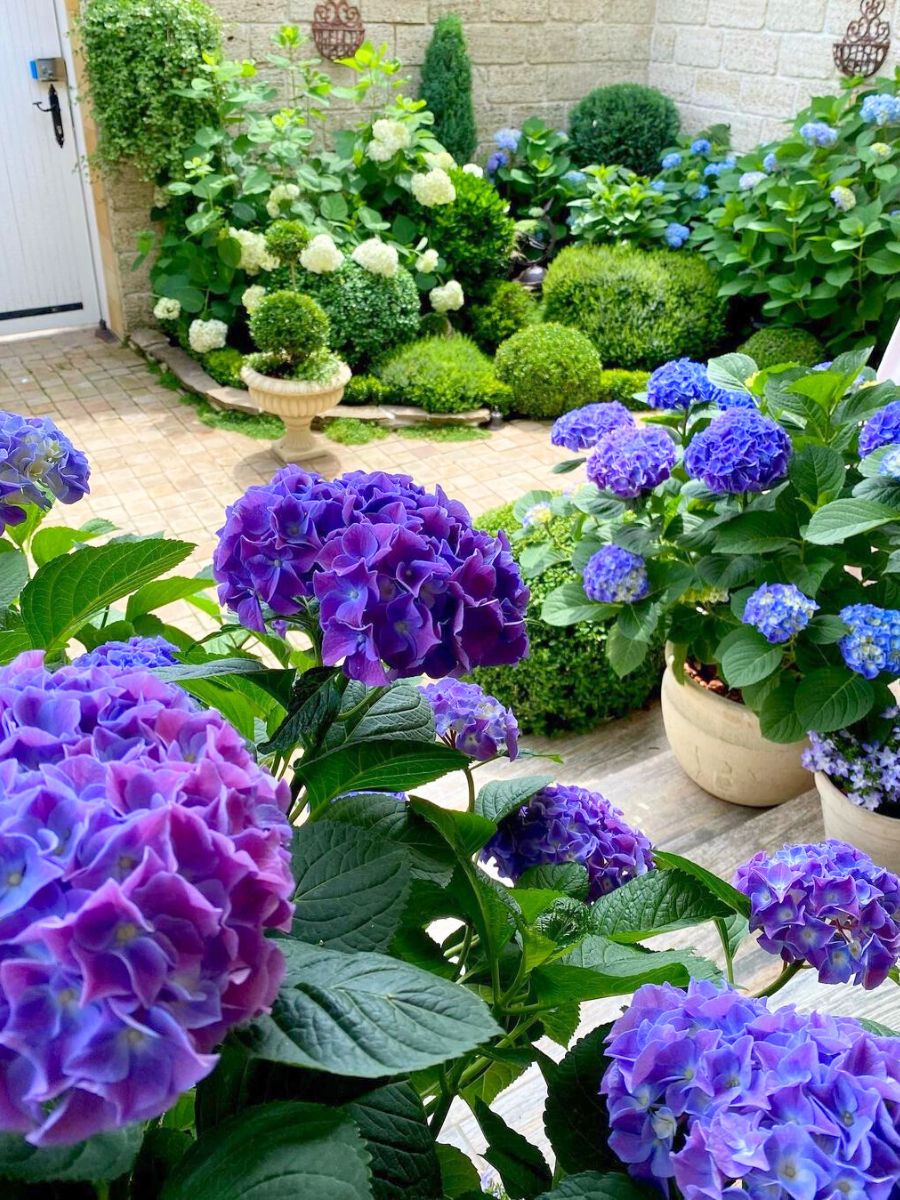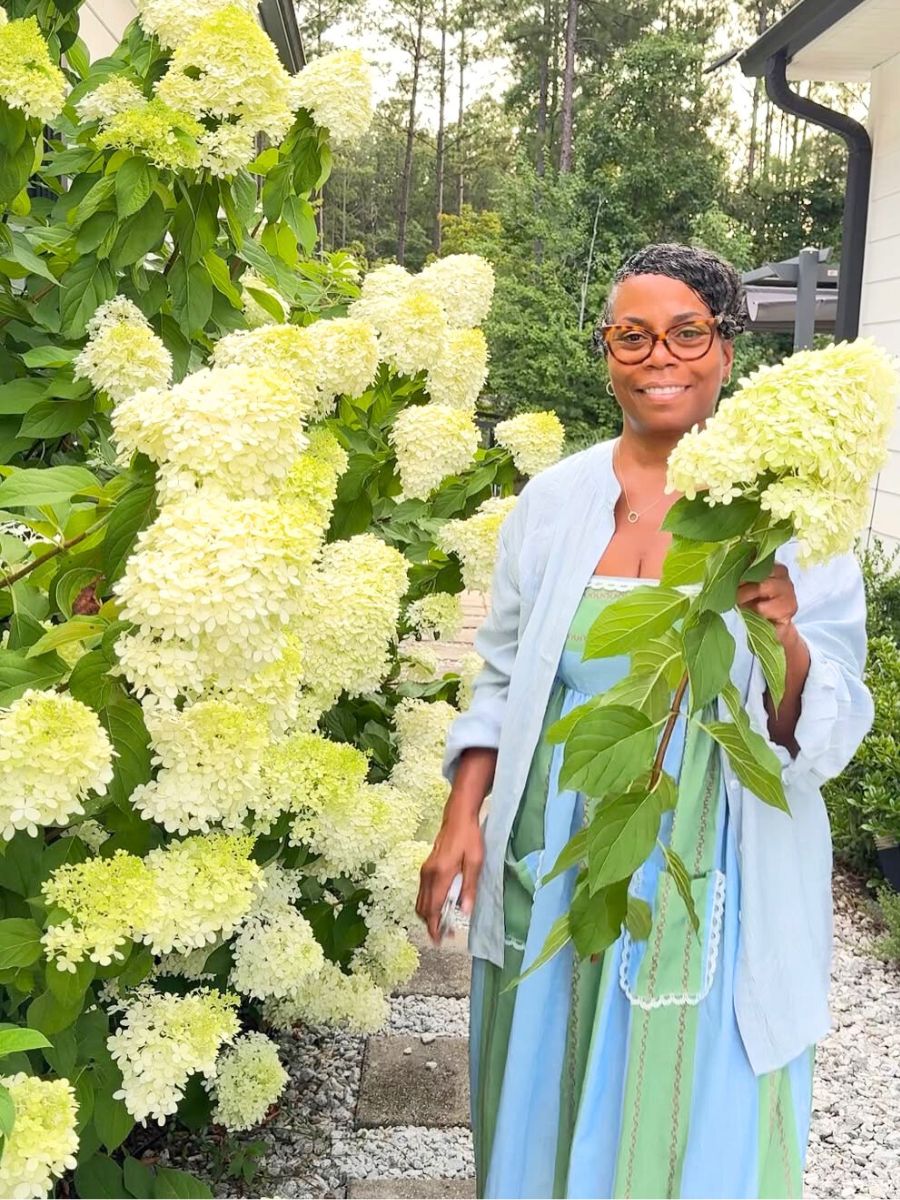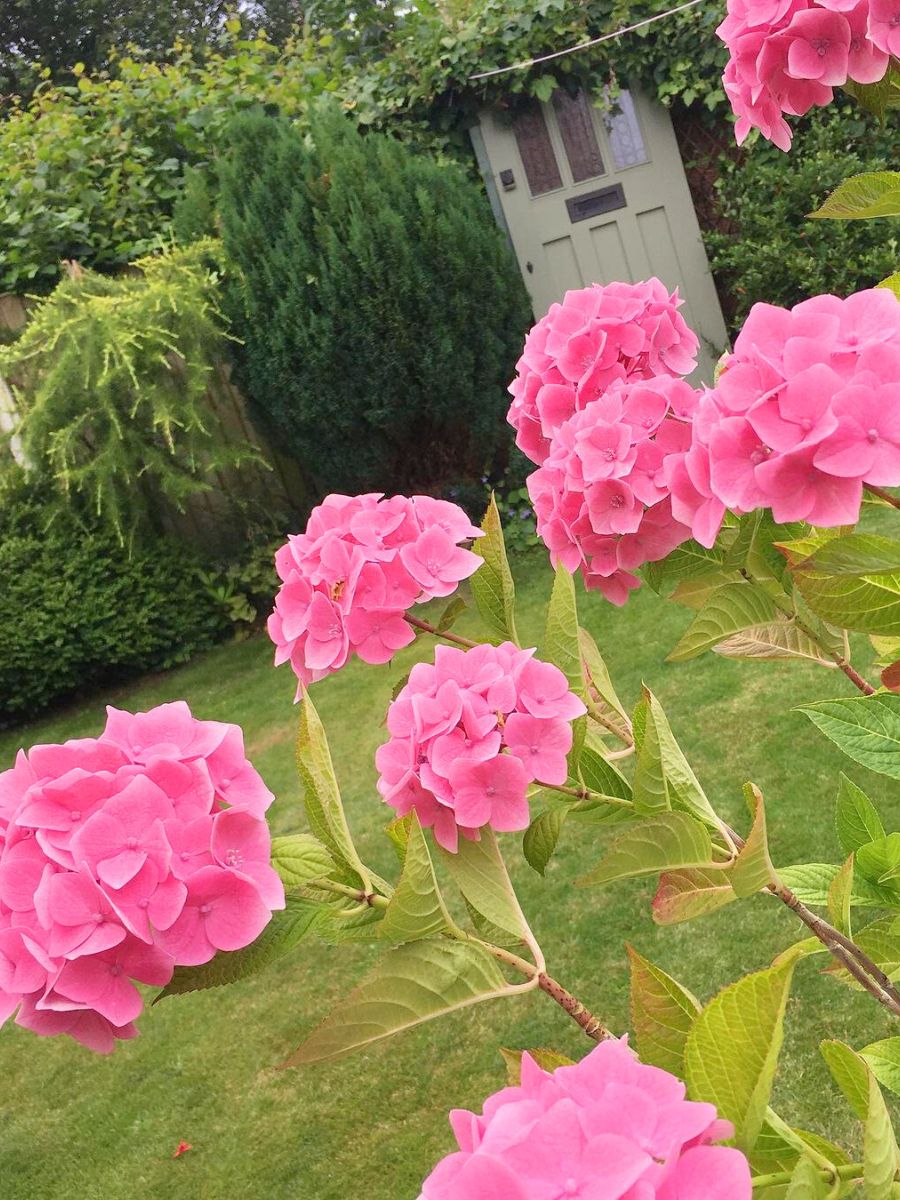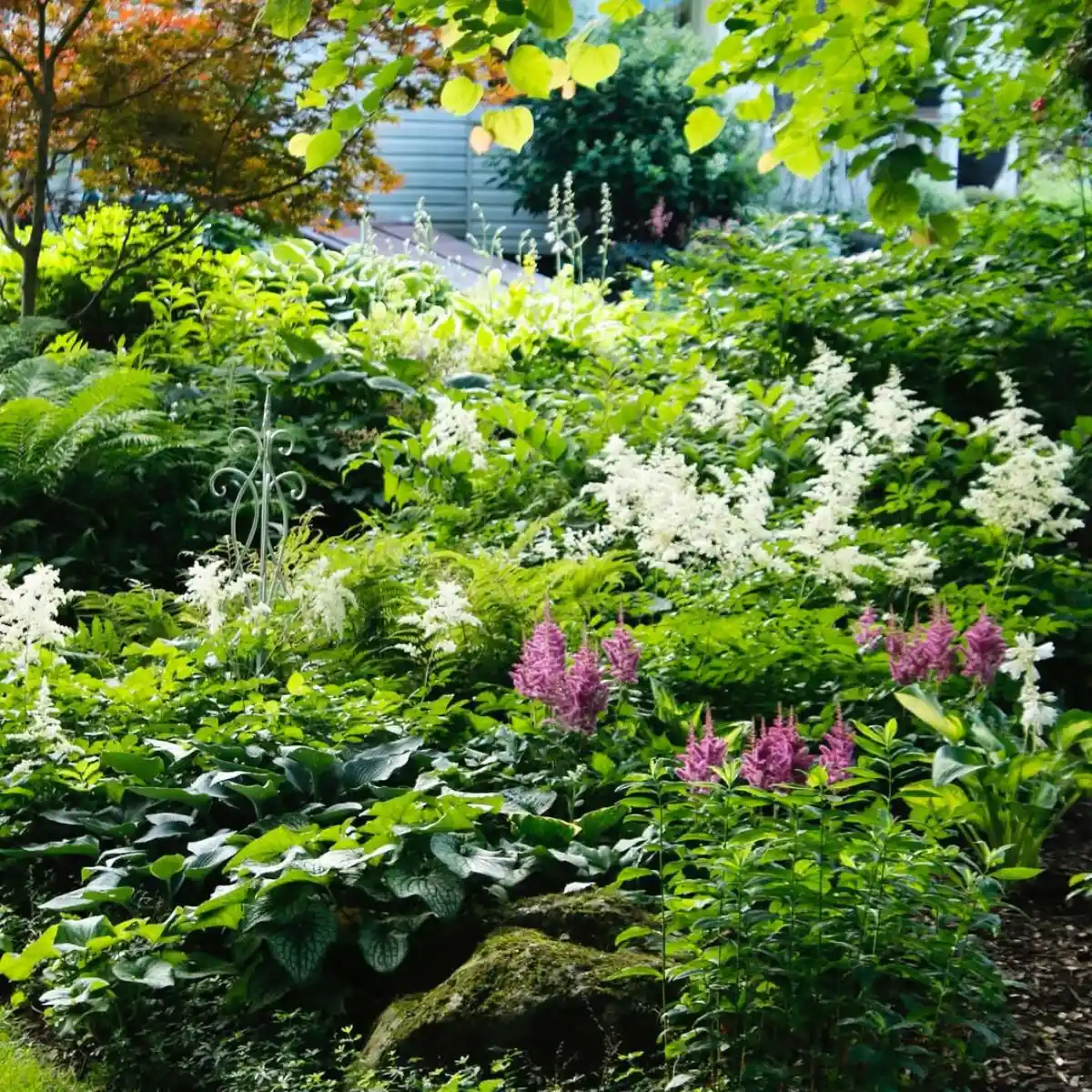In the summer, Hydrangea flowerheads are easily identifiable, resembling scoops of cotton candy plopped onto a bush. However, their cheery appearance and shape can fade as the flowers and branches wither and droop. What causes these popular flowers to slump, and what can be done about it? Learn how to restore their height with these tips.
Droopy Hydrangeas? Here's What Might Be Happening
Typically, this woody, deciduous shrub species prefers to be well-watered. Depending on where you plant your Hydrangea, it may lose soil moisture quickly, causing its leaves and flowers to droop. One of the reasons they might be wilting is that they are a type of flower that is not drought-tolerant, as said by Barbara Fair, a certified arborist and associate professor and Landscape Extension Specialist at North Carolina State University.

Hydrangeas require plenty of water as well as well-drained soil, so if you live in a hotter climate, it may be more difficult to monitor if the water evaporates quickly. A horticulturist and practice professor at Oregon State University Extension said that this is especially true if the plant is receiving too much sunlight. Hydrangeas thrive in partial shade, especially if protected from the hot afternoon sun.

Though Hydrangeas usually droop because they don't get enough water, it can also happen when they get too much water. In this case, you should pay attention to your soil and always focus on symptomology first. If you see the plant starting to wilt, ask yourself: Has it been raining? If your area is experiencing a prolonged drought, the obvious solution is that the Hydrangea requires water.
Video by: @dorthekviststudio
If you are unsure whether there is too much or too little water, feel the soil to see how much moisture is present. Put your hands in the dirt to see if it's moist, and if you're serious about it, you can purchase a soil moisture meter.

How to Fix Hydrangeas That Are Wilting
Depending on the visible symptoms your flowers are experiencing, try the following approaches with your Hydrangea to see if these help to alleviate the drooping.

Water and Then Water Again
If your soil is very dry, it's time to soak the earth. Most people don’t water deeply enough. If you're the type of gardener who stands with a hose and moves it from plant to plant for a minute or two, that's not enough time to deeply soak the ground. You'll need at least 10 to 15 minutes to water the whole flower. It may take an hour or two for the plant to recover, but if it is still wilting, you did not water it thoroughly. If the plant remains wilted and the leaves lack a nice, green, glossy color, water it for another 10 to 15 minutes.
Rake the Leaves to Your Hydrangeas
If your Hydrangea is generally happy but needs constant watering, there are longer-term solutions, such as leaf matter from deciduous trees, because they need moist, well-drained soils. For Hydrangeas, the best soil is composted leaves (also known as leaf mulch or leaf mold) since they help Hydrangeas retain moisture while also providing nutrients as they decompose. What is recommended by plant and flower experts to avoid dropping or fixing wilted Hydrangeas is to water deeply to encourage good root growth. Mulch can also help hold soil moisture.
To Avoid Drooping, Don't Prune Older Branches
Flowering plants that are otherwise healthy and show no signs of wilting may only require minor maintenance. If any branches with large flowers are drooping, it's most likely that they were overpruned the previous season. If your Hydrangea looks lopsided from too many petals, it's time to make a bouquet. Pruning out some of the flowers can help reduce drooping and stem breakage.
Video by: @claudiaaharrington
Tips and Tricks to Keep Your Hydrangeas From Dangling Down
Now that you understand why Hydrangeas can bend and how to fix this issue, you'll want to prevent it from happening again if possible. Follow the expert's advice to keep your Hydrangeas from stooping:
- As a first crucial tip, make sure to irrigate through fall and winter. The plant may be dormant, but the roots still need some moisture to stay happy and healthy, which can help the plant become more resistant to future issues.

- Move it to the shade! Even when you think you know your gardens well, it may just be that the area you chose to plant your Hydrangea is much too sunny for it to be happy. If the plant is receiving too much sun, then make a note to transplant it to a shadier spot during the dormant season. If you're unsure, choose a location with morning sun or a northern or eastern exposure.
- Try a different Hydrangea variety. The most common Hydrangeas are 'Hydrangea macrophylla', but this one specifically is not extremely drought-tolerant. However, not all Hydrangeas have this issue, and in general, oakleaf Hydrangeas, such as 'Snowflake or Ruby Slippers', will tolerate drought better. You can also replant with newer cultivars that are less prone to flopping.

Follow these tips, and you’ll find wilted Hydrangeas left behind! Keep them perky and fresh with flowers that always look so grand.
Header image by: @hydrangea_world










